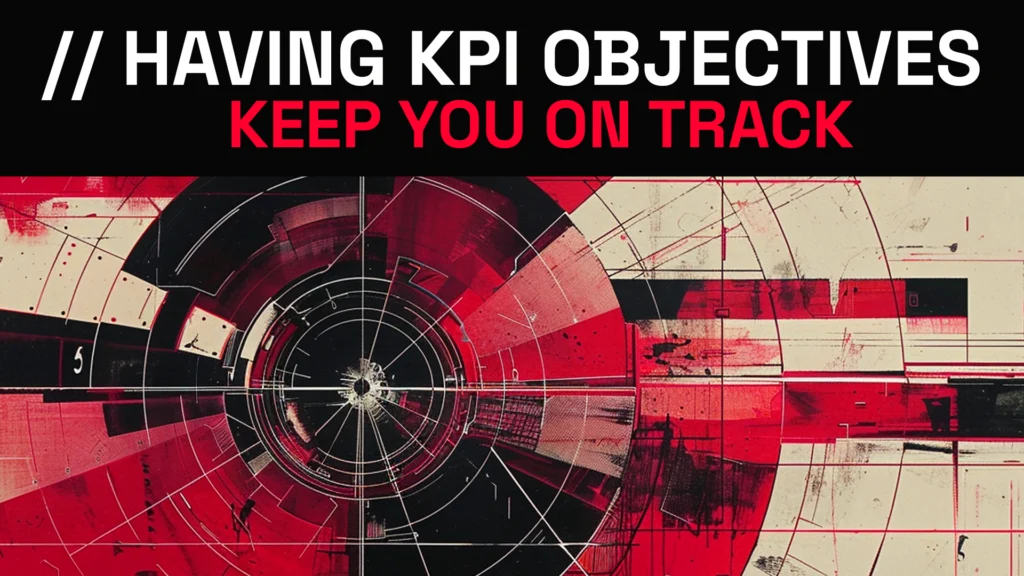TAKE YOUR BUSINESS TO THE NEXT LEVEL
Let us take marketing off your plate. Visit our pricing to learn more about working with Next Level.

When it comes to marketing setting clear and measurable objectives is crucial for the success of any campaign. Key Performance Indicators (KPIs) serve as the North Star, guiding your efforts and ensuring that you stay on course. Just as a ship’s captain relies on navigational tools to reach their destination, businesses must establish KPI objectives at various levels of the funnel to steer their campaigns towards success. In this article, we will explore the importance of defining KPIs and how they can help you achieve your advertising goals.
Imagine you’re an archer aiming at a target. Without a clear understanding of where the bullseye is located, your arrows will likely miss the mark. Similarly, in advertising, if you don’t firmly define what success or failure looks like, you’ll be shooting in the dark. KPI objectives act as your bullseye, providing a clear target to aim for.
By establishing specific, measurable, achievable, relevant, and time-bound (SMART) KPI objectives, you create a framework for evaluating the effectiveness of your campaigns. For example, if your goal is to increase website traffic, you might set a KPI objective of achieving a 20% increase in unique visitors within the next quarter. This clear definition of success allows you to track progress, make data-driven decisions, and adjust your strategy accordingly.
The marketing funnel is a visual representation of the customer journey, from initial awareness to final conversion. Each stage of the funnel requires different tactics and metrics to measure success. By aligning your KPI objectives with the various levels of the funnel, you can ensure that your efforts are targeted and effective.
At the top of the funnel (TOFU), your focus is on building brand awareness and attracting potential customers. KPI objectives at this stage might include metrics such as reach, impressions, or website traffic. As you move down the funnel to the middle (MOFU) and bottom (BOFU) stages, your KPIs should shift to focus on engagement, lead generation, and conversions. For instance, a MOFU KPI objective could be increasing the number of newsletter sign-ups by 15%, while a BOFU objective might be achieving a 5% conversion rate on product purchases.


Setting KPI objectives is only the first step. To truly maximize the impact of your advertising efforts, you need to continuously monitor and analyze data. Just as a doctor uses a stethoscope to listen to a patient’s heartbeat, marketers must use analytics tools to gauge the health of their campaigns.
By regularly reviewing key metrics such as click-through rates (CTR), cost per acquisition (CPA), and return on ad spend (ROAS), you can identify areas of strength and weakness. This data-driven approach allows you to make informed decisions, optimize your campaigns, and allocate resources more effectively. For example, if you notice that a particular ad creative is generating a high CTR but low conversions, you can experiment with different landing pages or calls-to-action to improve performance.
In conclusion, having clear KPI objectives is essential for staying on track and achieving success.
By defining what success looks like, aligning your KPIs with the marketing funnel, and leveraging data insights, you can create campaigns that resonate with your target audience and drive meaningful results. Remember, just as a map guides a traveler to their destination, KPI objectives serve as your roadmap to advertising success.
Let us take marketing off your plate. Visit our pricing to learn more about working with Next Level.